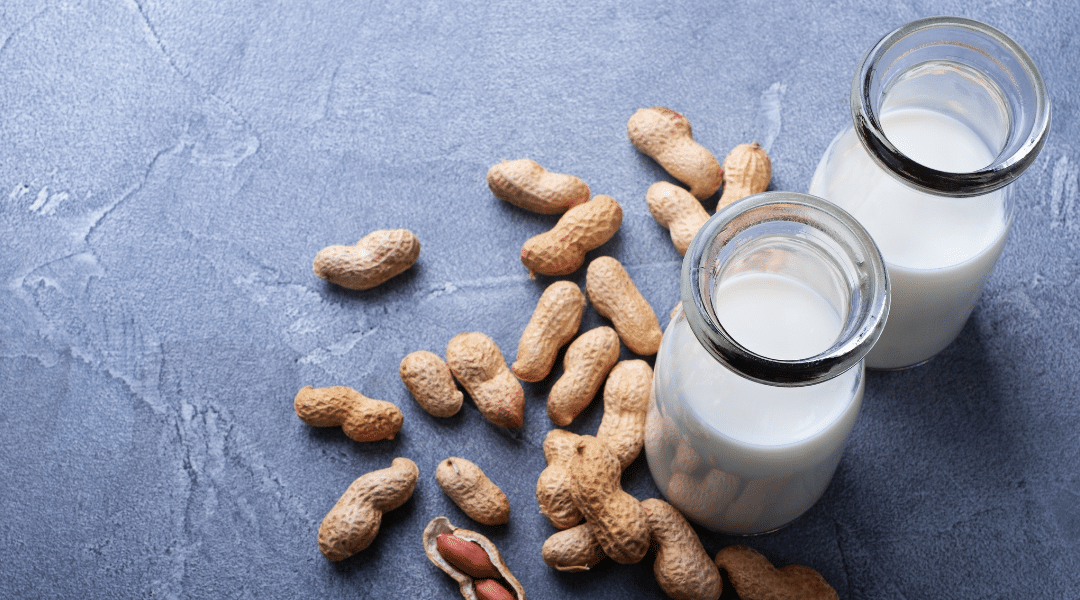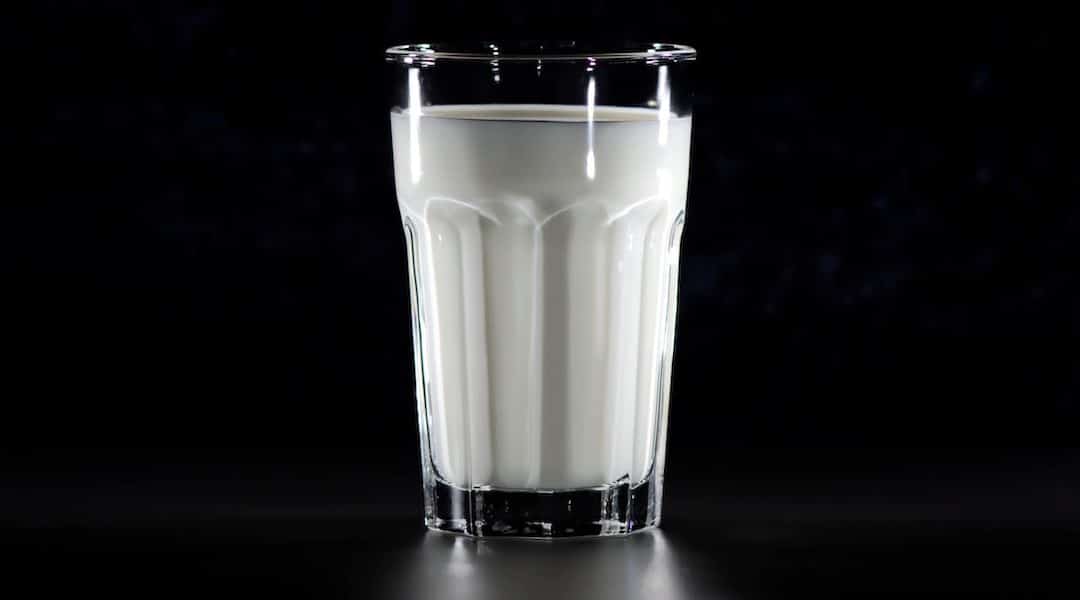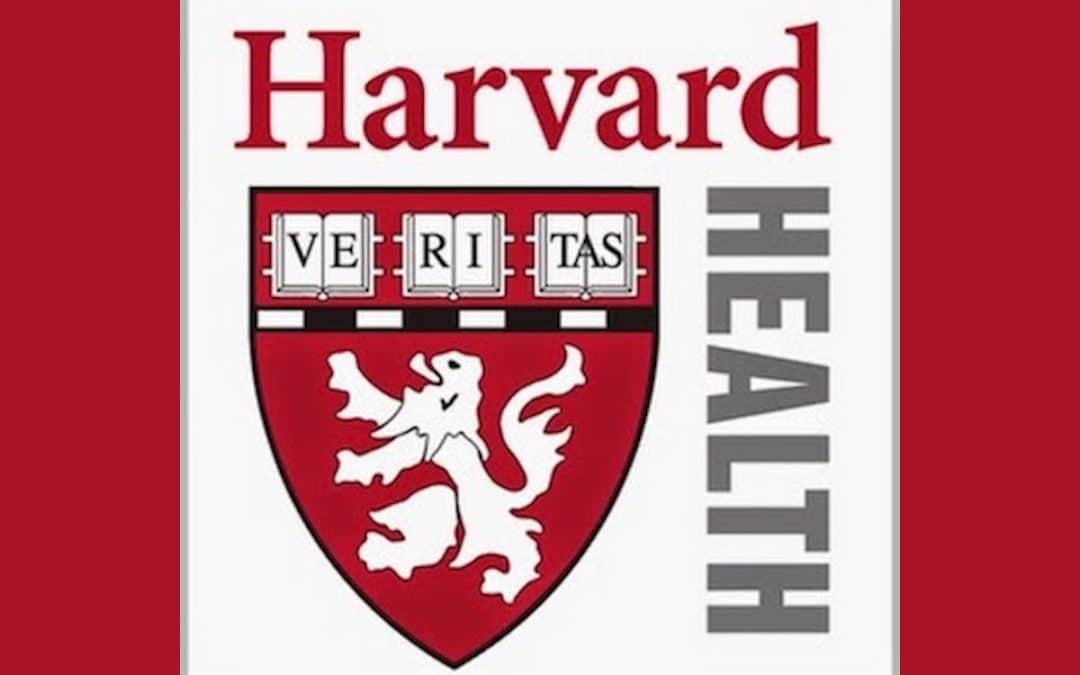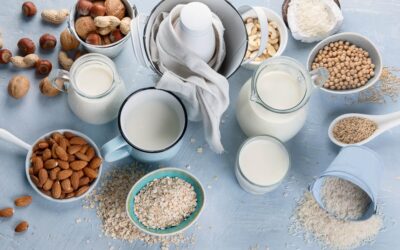Milk Life, one of America’s largest dairy marketing organizations, is constantly churning out various statements to promote cow’s milk to the American public. While these claims are often supported by research studies, these assertions are highly flawed, and in many cases, completely ludicrous. We’ve compiled a list of the top ten most misleading Milk Life claims and stripped down these statements using scientific evidence and common sense to show that milk is not a health food—it’s just clever marketing.
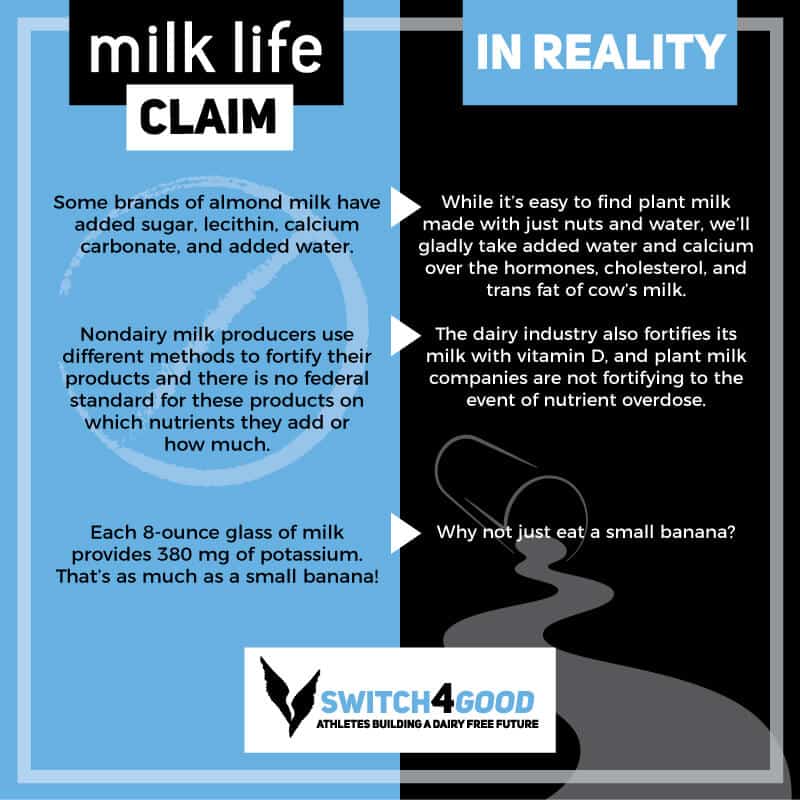
Milk Life Claim #1: Milk is a wholesome way to get high-quality protein
Our response: First off, what is a “high-quality” protein? According to our Switch4Good scientist, a high-quality protein is loosely defined as a protein source that has a complete amino acid profile (all nine essential amino acids) and has high “digestibility.” We need to get these essential amino acids from food, as our bodies cannot produce them.
While cow’s milk does contain all 9 essential amino acids, it is in no way a superior protein, as Milk Life suggests. Plant-based sources have complete protein as well. Quinoa and soy are two examples of plants that contain complete protein. Soy protein, in particular, also has a similar equivalent in digestibility to dairy products.
Further, while it is essential to eat these nine amino acids, it is not essential to eat them all at once, or only get them from one food. In fact, a healthy diet includes a variety of foods, which makes it easy to fill this essential amino acid quota. Also, by eating a wide variety of fruits, vegetables, and legumes, one will also benefit from an influx of antioxidants, phytonutrients, vitamins, and minerals.
The bottom line: Dairy is not the only food with protein, and relying on one food is not recommended for a healthy diet.
Milk Life Claim #2: Substituting milk with other nondairy calcium sources can lead to gaps in key nutrients because they don’t provide the same nutrients as milk
Our response: Milk Life supports this claim with this research study, but again, this statement relies on the false assumption that milk is the only nutritious food. It is true that no other food has the exact same nutritional profile as milk, just as an apple does not have the same nutritional profile as an orange.
As far as calcium is concerned, it is absolutely possible to obtain the recommended amount (around 1,000 mg) through a plant-based diet. Most seeds and dark leafy greens are excellent sources of calcium. For example, one cup of cooked collard greens has 268 mg of calcium and two tablespoons of chia seeds contain 178 mg. Combined, this is nearly half of one’s daily allowance (and not anywhere near one’s total food consumption for the day).
The bottom line: Agreed, no two foods are the same, but that does not make one superior over the other. The key to a balanced diet is variety.
Milk Life Claim #3: Some brands of almond milk have added sugar, lecithin, calcium carbonate, and added water
Our response: What is so terrible about added water? Milk itself is about 87% water. Milk also contains naturally-occurring hormones such as estrogen and IGF-1, cholesterol, and 2% trans fat. Flavored milks, like the flavored almond milk this claim is referring to, also contain added sugar, particularly chocolate milk which the industry touts as an athletic recovery food. Finally, homemade almond and other plant milks, as well as some store-bought varieties, only contain two ingredients: nuts (or oats) and water. Bonus: plant milks never contain cholesterol, trans fat, or growth hormones.
The bottom line: While it’s easy to find plant milk made with just nuts and water, we’ll gladly take added water and calcium over the hormones, cholesterol, and trans fat of cow’s milk.
Milk Life Claim #4: There is just no substitute for milk. It’s naturally nutrient-rich like no other beverage
Our response: Let’s talk about what’s natural. It’s natural for a baby cow to drink milk from its mother. It’s not natural for an adult, regardless of species, to drink milk. It’s also not natural, regardless of age, for any animal to drink milk from another species. This explains why 65% of the global population is lactose intolerant; adults are not meant to be able to digest milk past infancy.
The bottom line: Unless you’re a baby cow, drinking cow’s milk is not natural.
Milk Life Claim #5: The fact is unless there is a milk allergy, eliminating dairy milk may not only be unnecessary it could also impact diet and health, according to experts
Our response: We agree, eliminating dairy will certainly impact diet and health—for the better. Not only can ditching dairy improve athletic performance by cutting down on recovery time (dairy is inflammatory), this switch can also decrease one’s risk for hormone-dependent cancers, diabetes, and heart disease. Further, ditching dairy can also significantly improve or completely eliminate digestive issues, acne and eczema, and asthma.
Further, what if someone does have a milk allergy? Are these individuals doomed to malnutrition simply because they cannot consume dairy? No, they get along just fine, just as people with nut allergies do not suffer from protein deficiency nor do those with banana allergies suffer from potassium deficiency. Again, it’s all about getting your nutrients from multiple plant sources, not one “superfood.”
The bottom line: What do you say to those with a dairy allergy? They’re doomed to be malnourished? No, they find nutrients elsewhere, which means that it is possible to maintain a healthy diet without dairy.
Milk Life Claim #6: Milk is a farm-fresh beverage and the original farm-to-table food
Our response: Most commercially available milk now comes from a large warehouse where hundreds of dairy cows are attached to milking machines multiple times a day. Contrary to popular belief, milk is not a product of that idyllic pastoral red barn pictured on the carton. The milk that is collected from dairy cows is sloshed together into a tanker truck and transported to a dairy plant where it is tested for temperature and antibiotics, pasteurized, homogenized, and typically further processed to adjust fat content or increase its shelf life.
The bottom line: Commercially available milk is highly processed. Fruits and vegetables are the “original” farm-to-table food.
Milk Life Claim #7: Many people are surprised to learn that milk—including white or chocolate milk—can help hydrate after exercise
Our response: Water is also hydrating. In fact, it’s the original post-workout beverage.
Milk Life Claim #8: Nondairy milk producers use different methods to fortify their products and there is no federal standard for these products on which nutrients they add or how much.
Our response: Milk Life makes fortifying out to be a “bad” thing, but is this actually harmful? Perhaps in megadoses, but the current levels of nutrients found in plant milk are not dangerous. In fact, all commercially available milk is also fortified with vitamin D. There are about 100 iu of vitamin D per 8oz cup of both cow and plant milk, which is about one-fourth of the daily recommended amount. The upper tolerable limit of vitamin D is 4,000 iu; therefore, it is extremely difficult to overdose unless one is taking excessive amounts of vitamin D supplements.
The same goes for the other nutrients that are occasionally fortified in plant milk. Vitamin A, B12, and calcium are all well within the daily recommended amounts per the USDA, and one would have to have an excessive amount of plant milk (more than 3 glasses a day) to “overdose” on any one of these micronutrients.
The bottom line: The dairy industry also fortifies its milk with vitamin D, and plant milk companies are not fortifying to the level of nutrient overdose.
Milk Life Claim #9: Each 8-ounce glass of milk provides 380 mg of potassium as a small banana.
Our response: Why not just eat a small banana?
Milk Life Claim #10: A recent study found that milk alternatives might not give kids enough vitamin D
Our response: Most people, children included, should get around 400 – 600 iu of vitamin D per day. While not all plant milks are fortified with vitamin D, it is entirely possible to avoid this nutrient deficiency without drinking cow’s milk. The best source of vitamin D is getting it straight from the sun.
According to our scientist, 10 – 30 minutes of direct sunlight every day is enough to fill your vitamin D quota. However, those who live in colder climates can also take a simple vitamin D supplement or opt for other foods fortified with this nutrient, such as certain brands of plant milk, orange juice, or cereals.
The bottom line: A little sun exposure is the purest source of vitamin D. For those who live in cloudy climates, simple supplements are widely available.



